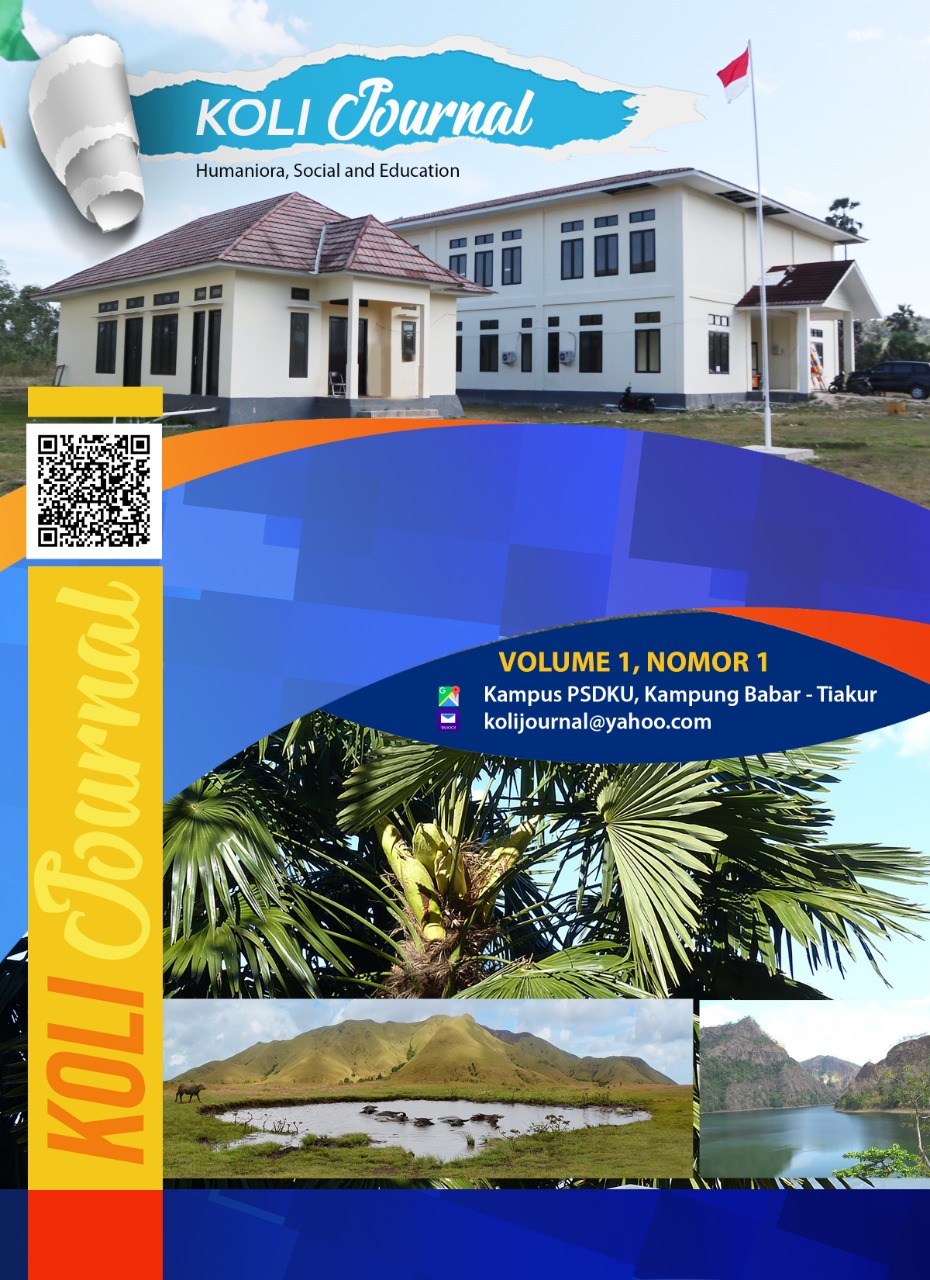Activity of Tetragonula laeviceps (Hymenoptera: Apidae: Meliponini) at Monoculture and Polyculture Nutmeg (Myristica fragrans Hout) Plantation in West Java
Abstract
Tetragonula laeviceps was one of the most stingless bees that spread almost throughout Indonesia and produced honey and propolis. Nutmeg is one of the native plants of Indonesia, can be used by stingless bees. The aim of this study was to know the activity of Tetragonula laeviceps in monoculture and polyculture nutmeg plantation. The method used in this research is observation for outgoing and return activity, and t-test used to determine the activity. The result showed that the activity start at 6 am until 5 pm, and the peak activities are at 10 – 12 am. T-test shows the difference activities (P < 0,05) with the score 36,5 ± 20,9 bees/5 minutes at monoculture plantation and 24,88 ± 8,96 bees/ 5 minutes at polyculture plantation. The feed availability and the distance between the hive and plants are thought to influence the activities of bees in both location. External activities of Stingless bees are forage nectar, pollen and resin. Other activities are disposing of trash, driving out disabled bees from the hives, and protecting the hive from enemy attacks.
Downloads
Copyright (c) 2020 The Author(s)

This work is licensed under a Creative Commons Attribution-NonCommercial-ShareAlike 4.0 International License.











